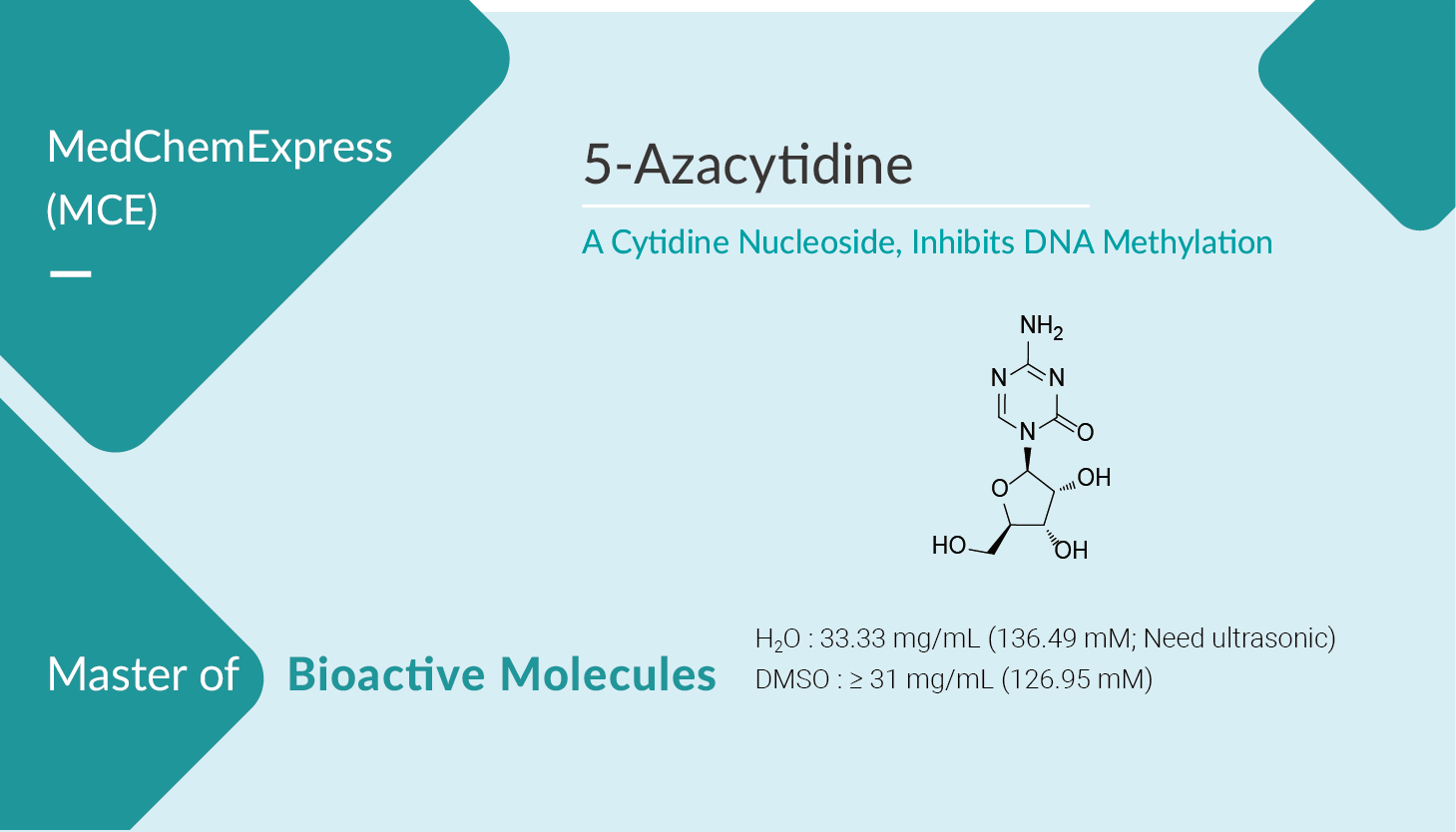In the mammalian genome, DNA methylation is an epigenetic mechanism involving the transfer of a methyl group onto the C5 position of the cytosine to form 5-methylcytosine. DNA methylation regulates gene expression by recruiting proteins involved in gene repression or by inhibiting the binding of transcription factor(s) to DNA. During development, the pattern of DNA methylation in the genome changes as a result of a dynamic process involving both de novo DNA methylation and demethylation. Therefore, differentiated cells develop a stable and unique DNA methylation pattern that regulates tissue-specific gene transcription.

DNA methyltransferases (DNMTs) are a family of “writer” enzymes responsible for DNA methylation. DNMTs can catalyze the transfer of a methyl group to DNA. Therefore, DNA methylation is a vital modification process in the control of genetic information. It contributes to the epigenetics by regulating gene expression without changing the DNA sequence. In prokaryotes, DNA methylation is essential for transcription, the direction of post-replicative mismatch repair, the regulation of DNA replication, cell-cycle control, bacterial virulence, and differentiating self and non-self DNA. In mammalians, DNA methylation is crucial in many key physiological processes, including the inactivation of the X-chromosome and imprinting.
5-Azacytidine (Azacitidine) is a nucleoside analogue of cytidine which is a nucleoside in DNA and RNA. 5-Azacytidine specifically inhibits DNMT. Importantly, 5-Azacytidine incorporates into DNA forming covalent adducts with cellular DNMT1, depleting enzyme activity. In vitro, 5-Azacytidine can induce cell autophagy. Meanwhile, 5-Azacytidine is commonly used for promoting cardiomyocyte differentiation of adult stem cells. In vivo, 5-Azacytidine induces tumor regression on isocitrate dehydrogenase-1 mutant glioma xenografts in mice. What’s more, 5-Azacytidine is effective in myelodysplastic syndrome and acute myeloid leukemia.
All in all, 5-Azacytidine, a nucleoside analogue of cytidine, is a DNMT inhibitor.
Reference:
Lyko F, et, al. Nat Rev Genet. 2018 Feb;19(2):81-92.